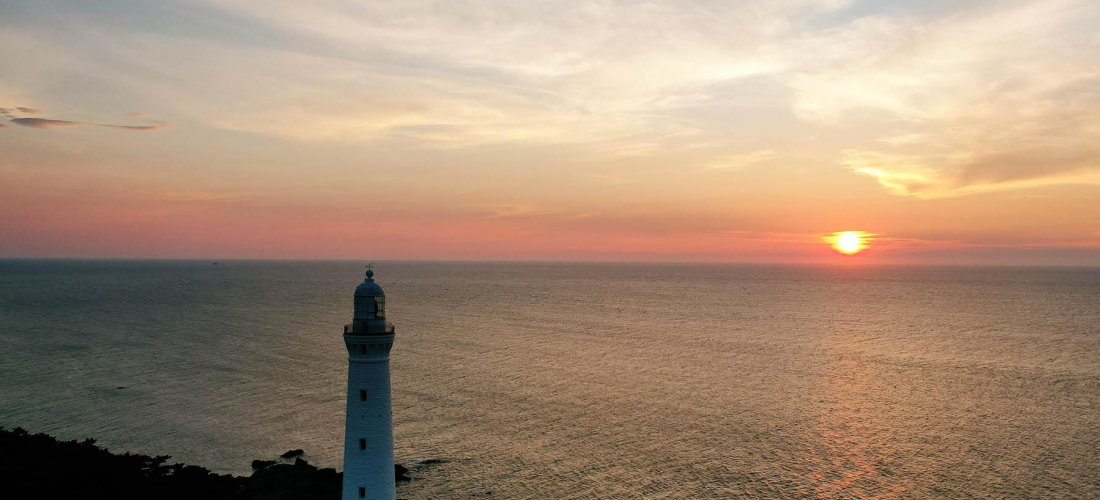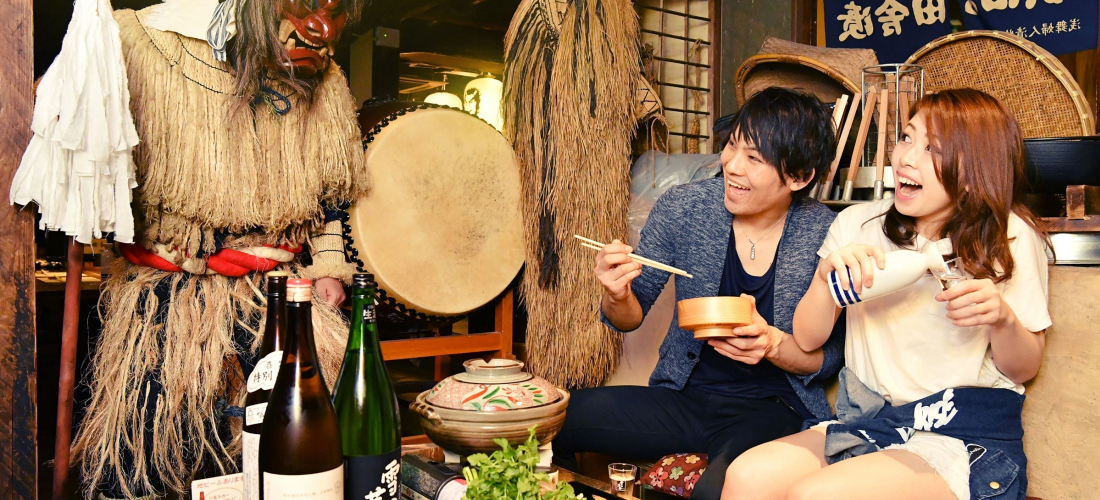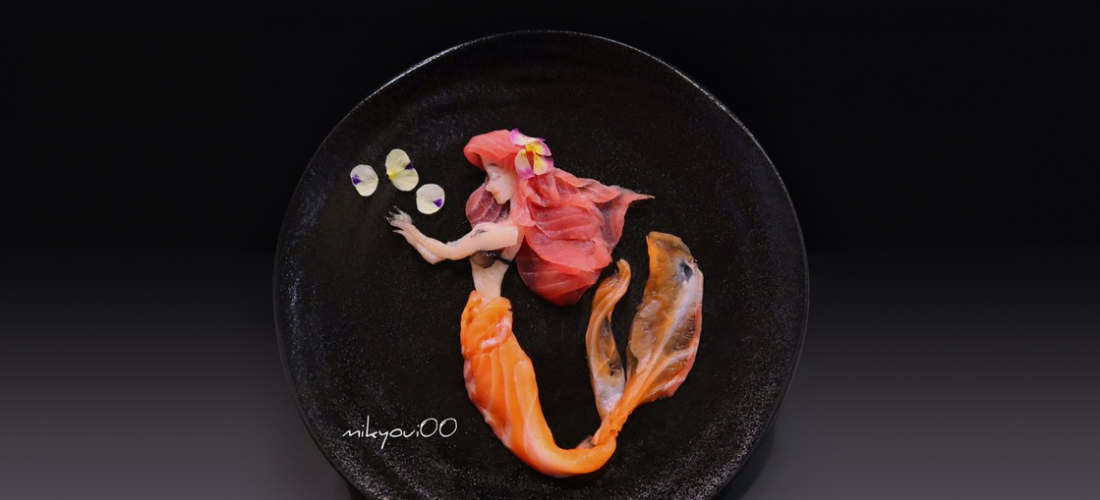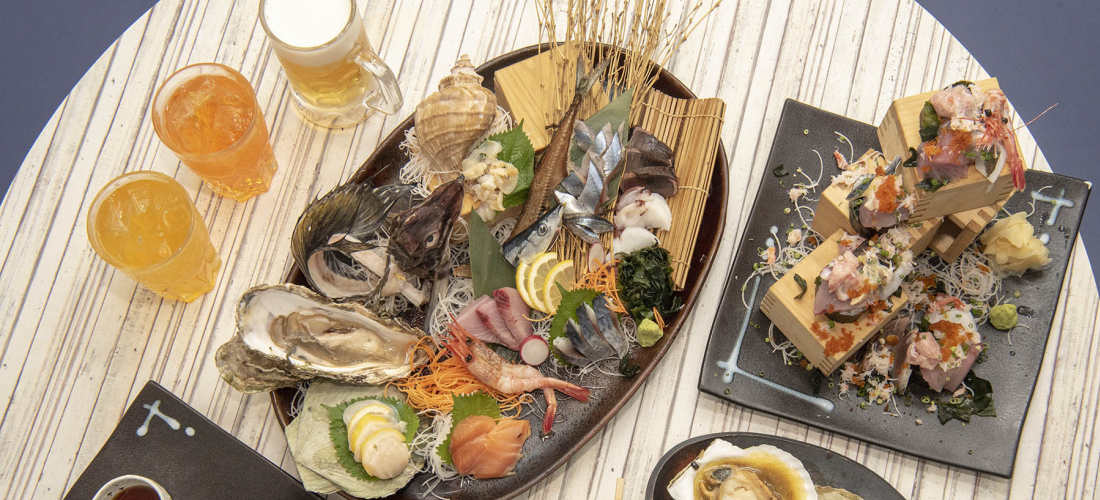
CONTENTS
After a long, happy day seeing the sights of Hokkaido, the last thing you want to do is wander the city on tired feet, searching for a good-looking Sapporo restaurant for dinner. That’s why, on our recent excursion to Japan’s north, we were so happy to find Maido! just steps from the south exit of downtown Sapporo Station. And, better yet, it turned out to be the perfect place to sample some of the flavors that most represent Hokkaido: fresh-caught seafood, Hokkaido butter and soy sauce, even a little slurp of Hokkaido melon. Delicious and easily-accessible to boot, this Sapporo izakaya restaurant comes highly-recommended.
Eating the Best Seafood in Japan
As a nation of islands, seafood abounds in Japanese cuisine, but ask the country's citizens and the consensus is clear: thanks to the cold northern waters, Hokkaido has some of the best marine cuisine around.
The waters off the shores of Hokkaido are teeming with life, an atmosphere that creates delicious, richly flavored seafood. We've talked about the reason for that before, so today we're going to talk about how all that great seafood is gathered right in Hokkaido's capital, Sapporo, and within the walls of Maido!
It’s an Izakaya – Kick Back and Relax, with Drinks and Seafood!
If you’ve never been to an izakaya before, they’re Japan’s own variety of bar/restaurant, where happy crowds gather to drink up and chow down. So that’s exactly what we did after touring Sapporo, ordering ourselves a feast of seafood, drinks, and more.
We knew we’d made a good choice as soon as the first dishes made it to our table. This might be a casual izakaya, but look at that plating! And of course our first round included a couple of local drink specialties: a Hokkaido melon cocktail, and a “Napolin sour,” which uses "Napolin," a Japanese soda that originated in Sapporo (and is still most easily found in this region).
We had quite a spread, but this tower of sushi and sashimi, crowned with a whole shrimp, was a real conversation starter!
Our Next Course? Shellfish Of Course!
Even among the many kinds of delicious seafood available in Hokkaido, there’s no doubt that the local scallops are known throughout Japan. We knew we had to try one!
Our scallop came cooked in a delicious mix of soy sauce and Hokkaido's famous butter. That's right, not only is Hokkaido a seafood destination, the area's dairy is also known for its high quality.
This combination of local butter and local scallop… you'd better believe it was an explosion of savory flavor. We should have ordered more!
Drinks, Seafood, and… a Charcoal Grill!?
If you're traveling with any picky eaters who want to avoid seafood, Maido's skewers of meat and chicken cooked over a charcoal grill are sure to please. With the alluring aromas drifting over from the grill, even our group of seafood lovers couldn't help but order some.
Try it Japanese-style, and dip a skewer into the egg yolk plated alongside. It adds a creamy glaze to the deliciously charred chunks of meat.
To Top it All off: House-Made Tofu!
Less a Hokkaido specialty, and more of a Maido! specialty, we were very glad we tried the fresh tofu made on-site. Smooth and silky, the soft tofu was creamy and delicious, with a light soy flavor.
After waitstaff scoop the tofu out tableside, we recommend you try the toppings that come along with it. The kicks of bright flavor combined with the creamy, subtle tofu surprised us – we didn't know how addictive tofu could be!
Cozy Seats and Comfortable Spaces
Maido! is an izakaya with a whole selection of different seating, and when we walked through the restaurant to our seats, we noticed comfortable two tops for couples, along with long tables handy for bigger parties.
Coolest of all? These private igloos, which create little enclaves perfect for conversation. We beelined straight towards them, and the thick walls blocked out a lot of the buzz and chatter from the rest of the customers, while amplifying the voices of those inside. With the drinks flowing thanks to Maido's all-you-can-drink options, our conversation continued long into the night!
Maido! has four different locations around Sapporo, so it's pretty convenient even when you're not at Sapporo Station. Wherever you are in the city, we'd definitely recommend you stop in for some of Hokkaido's fresh seafood, local drinks, smoky-savory skewers off the grill, and creamy house-made tofu!
Maido! Sapporo Station South Exit (まいど!札幌駅南口店)
2-1 Jonishi, 4 Kita, Chuo Ward, Sapporo, Hokkaido
Hours: 16:00 – 1:00 next day (L.O. 24:00) (Sat, Sun, Holidays: 13:00~)
Official Website (jp)
Details
NAME:Maido! Sapporo Station South Exit (まいど!札幌駅南口店)
MAP
ACCESS:Sapporo Station (札幌駅)
CONTACT TEL:+81 11-205-0433
COMMENT
FEATURED MEDIA
VIEW MOREMAP OF JAPAN
SEARCH BY REGION

LATEST
VIEW MOREEVENT CALENDAR
VIEW MOREMOST POPULAR
 Tokyo Winter Recommendation: Don’t Miss Tokyo Mega Illumination, Japan’s #1 Light Show
Tokyo Winter Recommendation: Don’t Miss Tokyo Mega Illumination, Japan’s #1 Light Show ป้ายยาสินค้าน่าซื้อในร้านขายยาญี่ปุ่น | KOWA ผลิตภัณฑ์เพื่อสุขภาพสำหรับคนยุคใหม่
ป้ายยาสินค้าน่าซื้อในร้านขายยาญี่ปุ่น | KOWA ผลิตภัณฑ์เพื่อสุขภาพสำหรับคนยุคใหม่ Okinawa Family Road Trip: Japanese Glasses Shopping at San-A Urasoe West Coast PARCO CITY, Discount Coupons, & Okinawa Sightseeing with JINS
Okinawa Family Road Trip: Japanese Glasses Shopping at San-A Urasoe West Coast PARCO CITY, Discount Coupons, & Okinawa Sightseeing with JINS

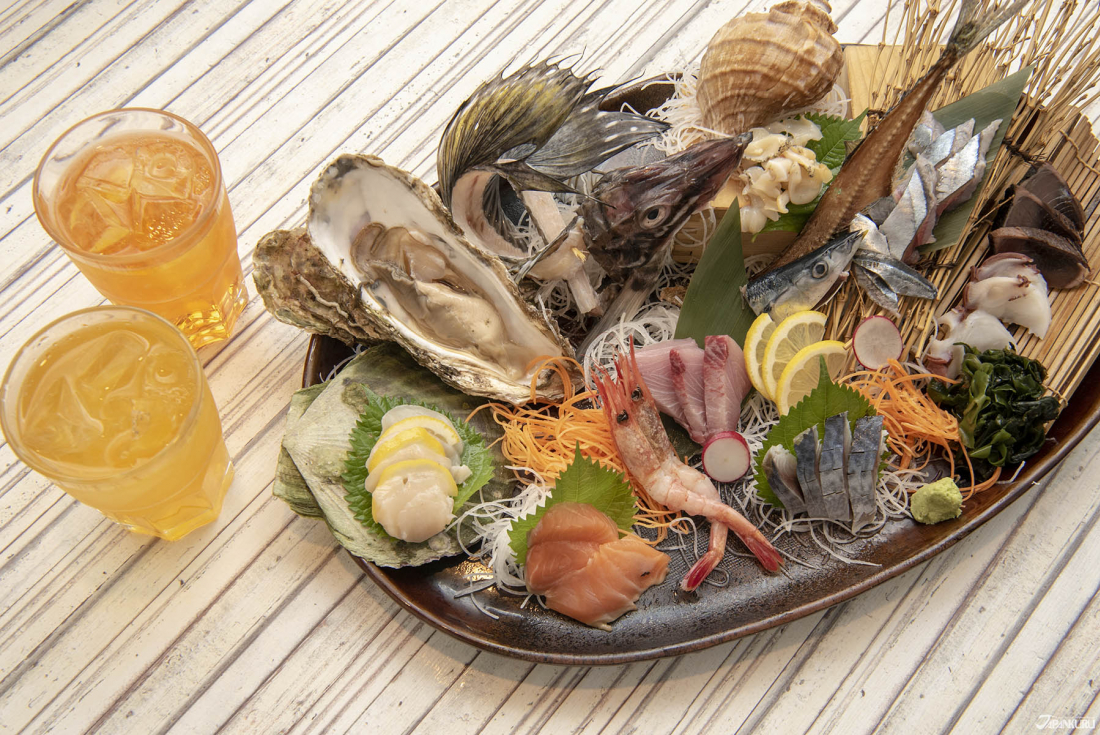
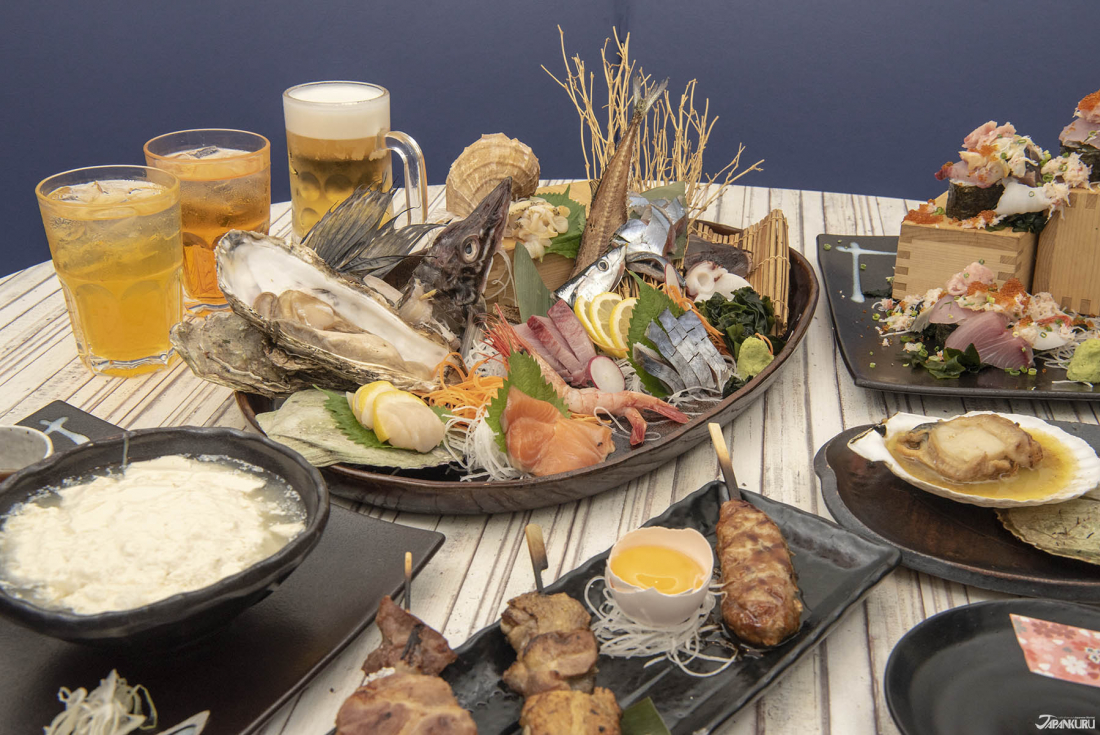
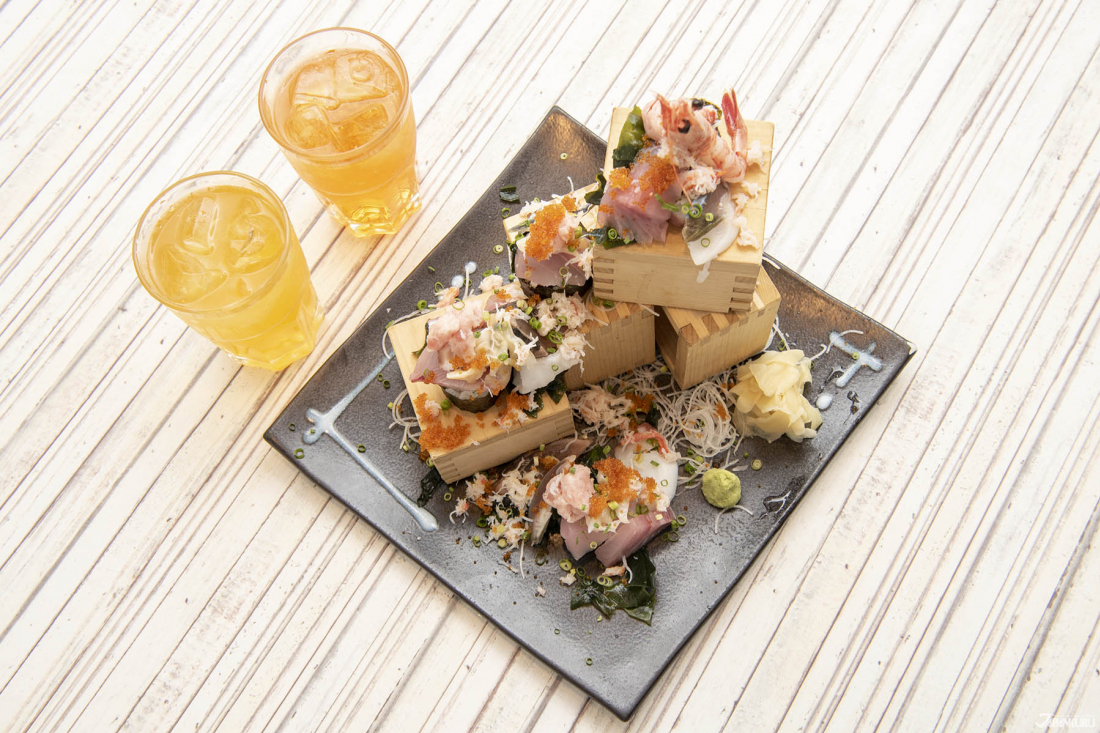
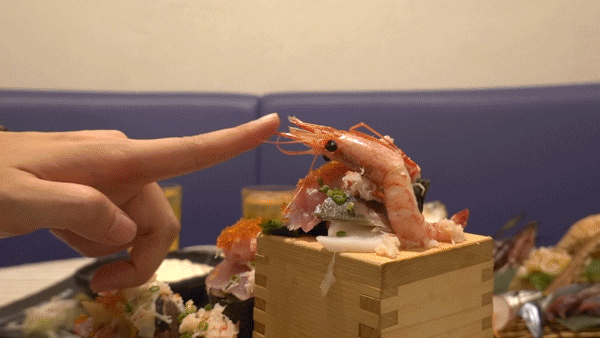
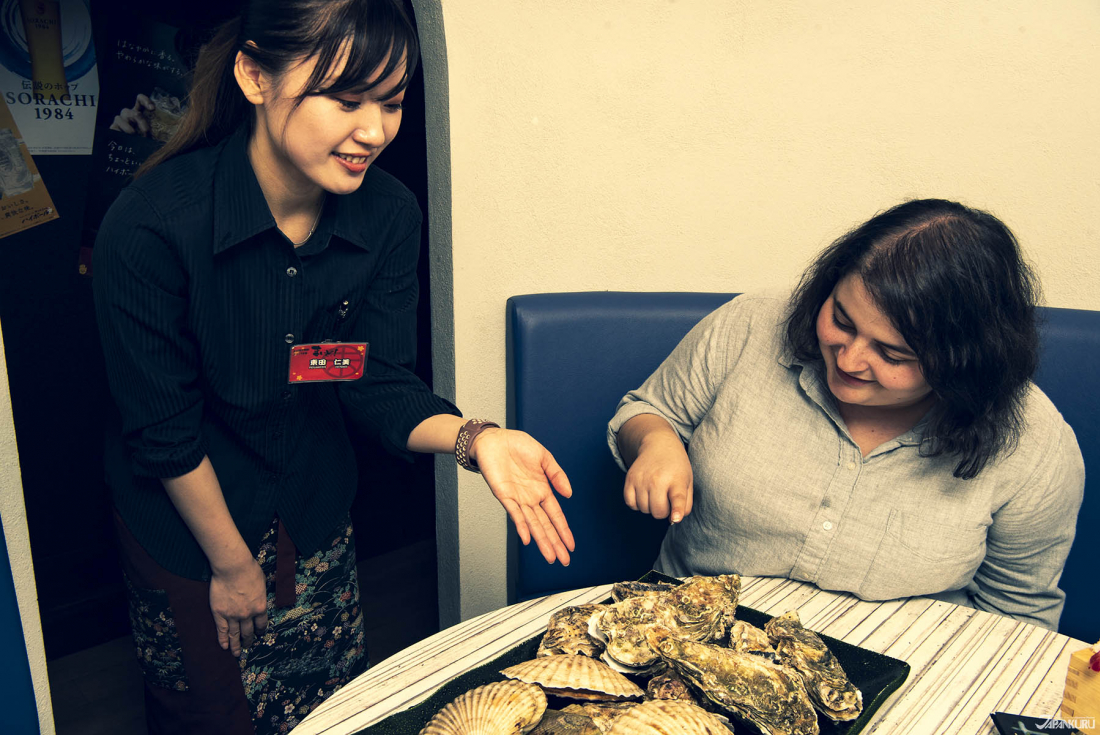
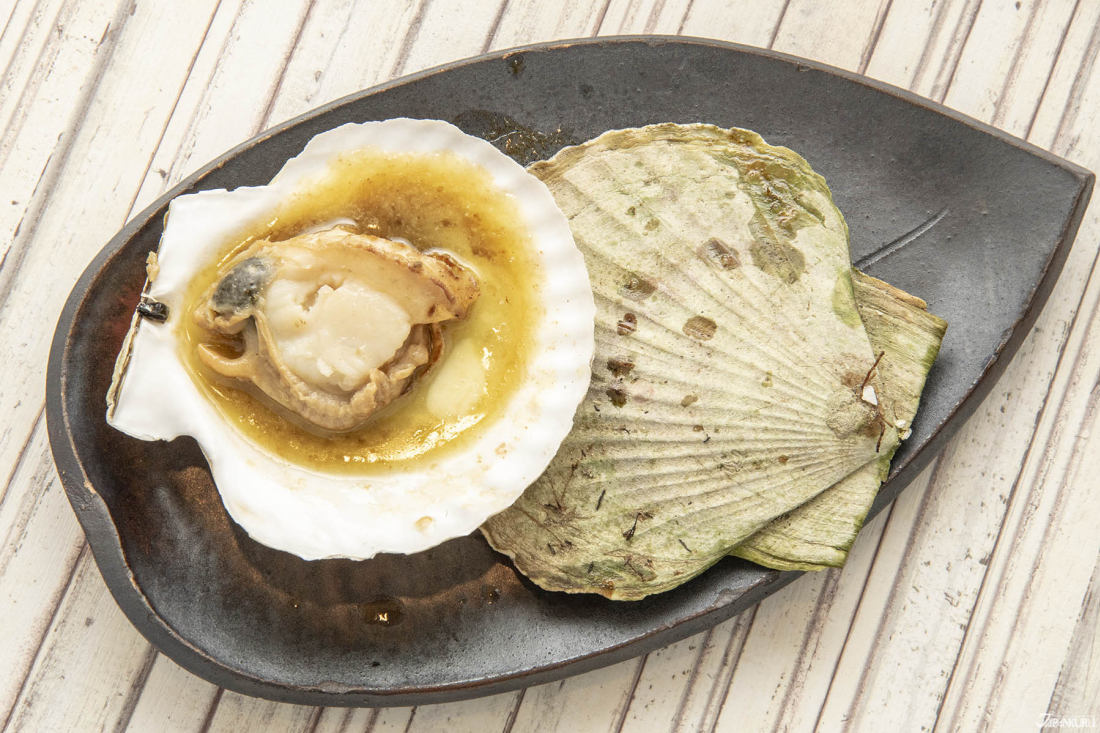

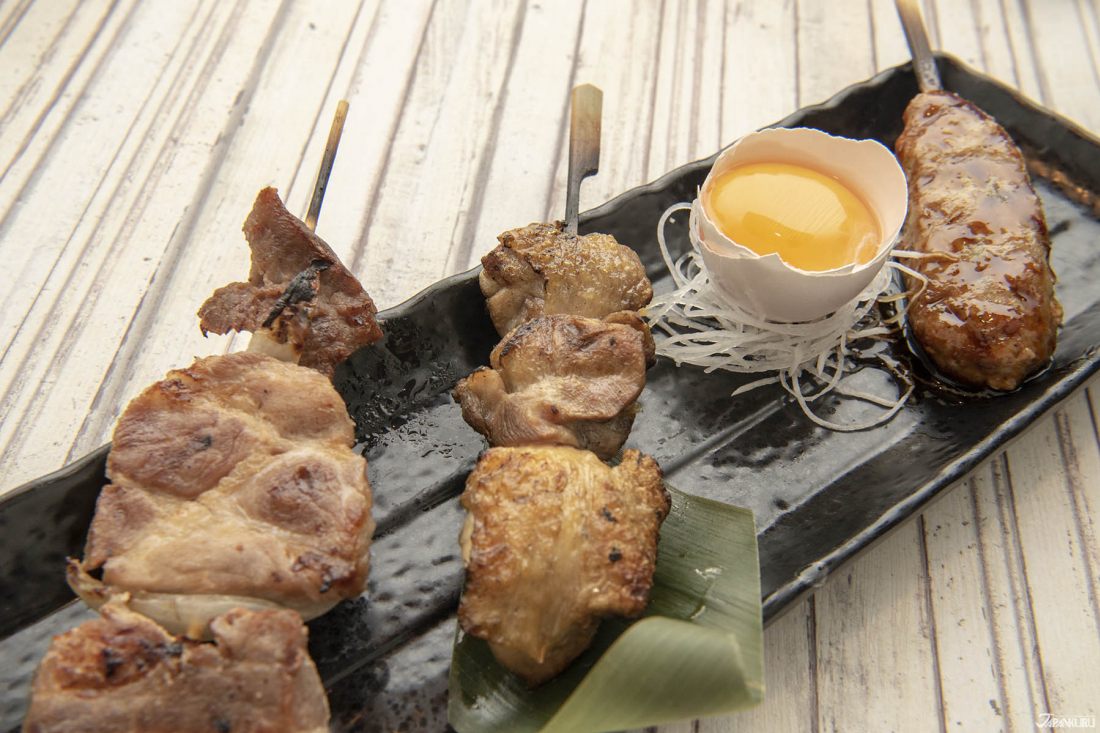
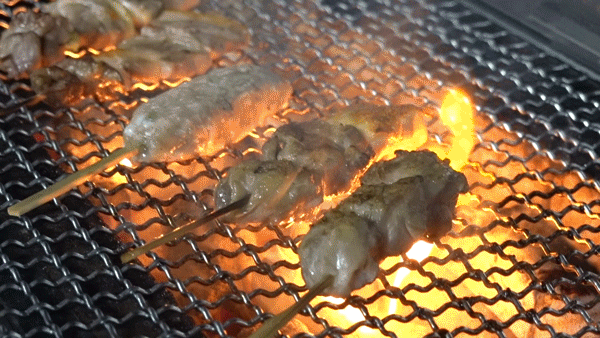

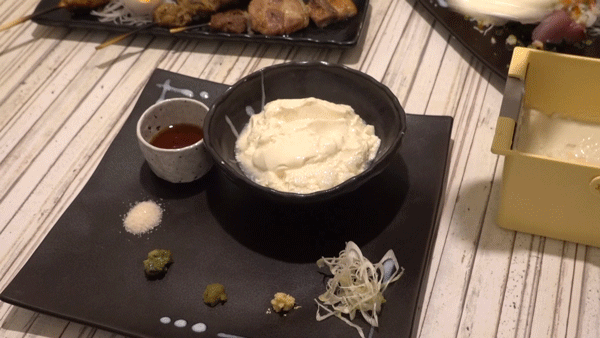
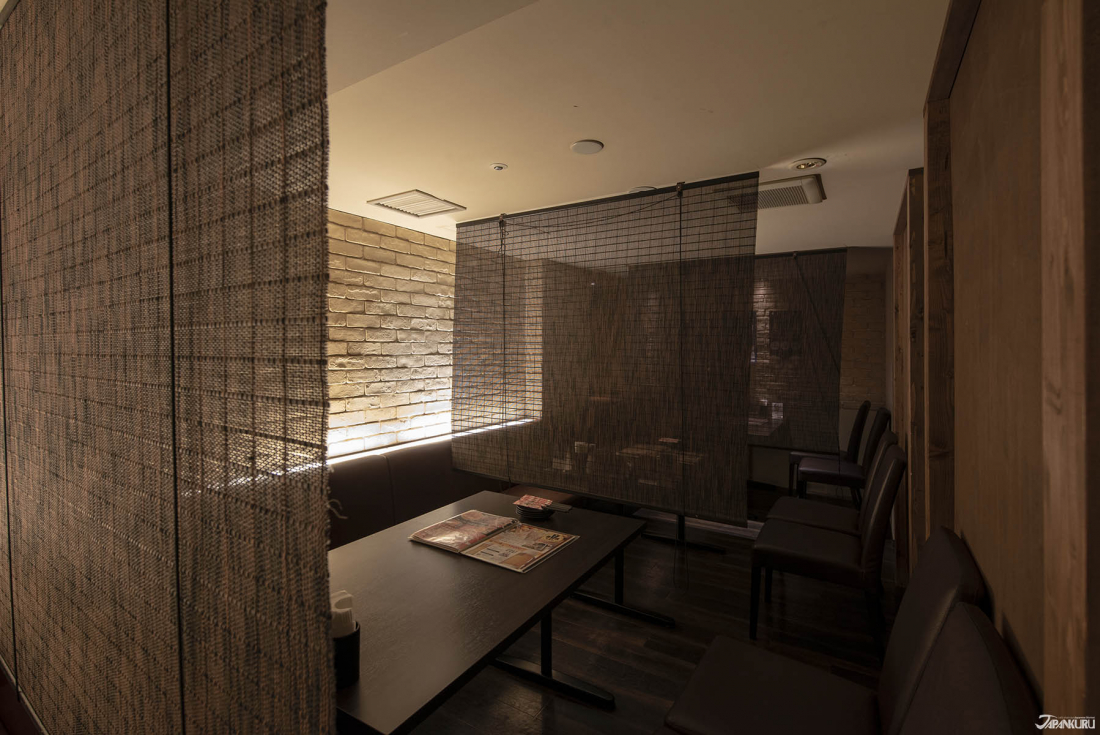

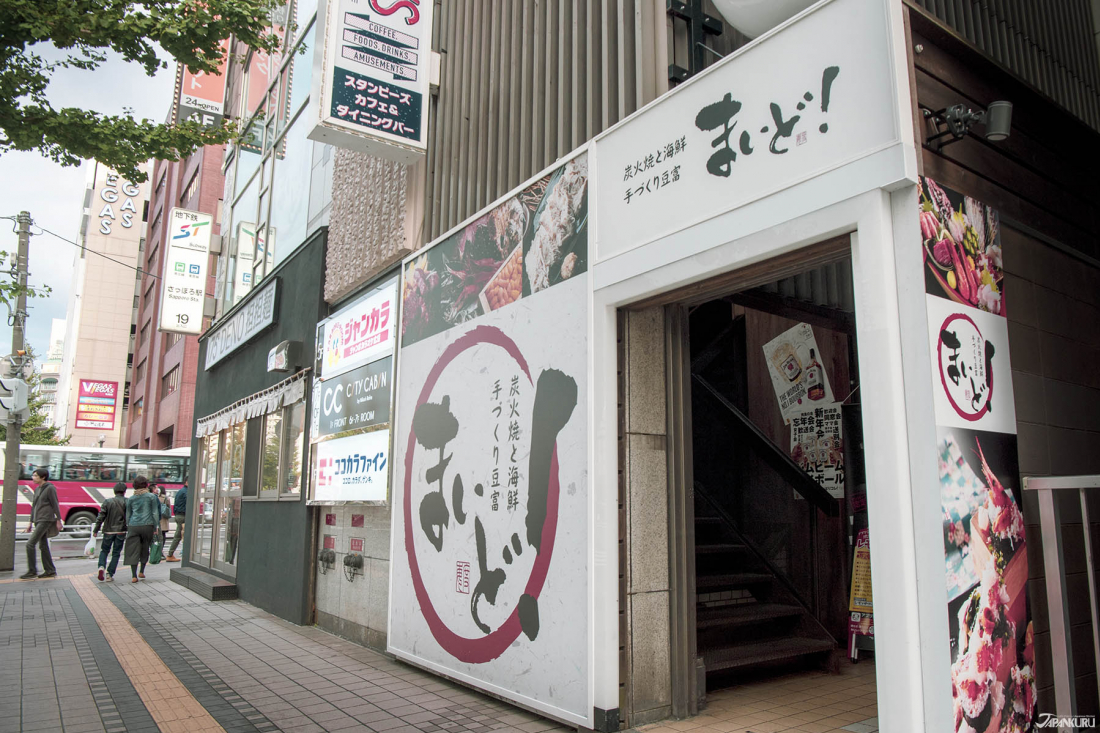




 >> Find out more at Japankuru.com! (link in bio)
#
>> Find out more at Japankuru.com! (link in bio)
#





 The Robot Restaurant is gone, but the Samurai Restaurant is here to take its place. Check it out, and don't forget your coupon!
The Robot Restaurant is gone, but the Samurai Restaurant is here to take its place. Check it out, and don't forget your coupon!
 신주쿠의 명소 로봇 레스토랑이 사무라이 레스토랑으로 부활! 절찬 쿠폰 발급중
신주쿠의 명소 로봇 레스토랑이 사무라이 레스토랑으로 부활! 절찬 쿠폰 발급중
 18歲以上才能入場的歌舞秀,和你想的不一樣!拿好優惠券去看看~
#tokyo #shinjuku #samurairestaurant #robotrestaurant #tokyotrip #도쿄여행 #신주쿠 #사무라이레스토랑 #이색체험 #할인이벤트 #歌舞伎町 #東京景點 #武士餐廳 #日本表演 #日本文化體驗 #japankuru #japantrip #japantravel #japanlovers #japan_of_insta
18歲以上才能入場的歌舞秀,和你想的不一樣!拿好優惠券去看看~
#tokyo #shinjuku #samurairestaurant #robotrestaurant #tokyotrip #도쿄여행 #신주쿠 #사무라이레스토랑 #이색체험 #할인이벤트 #歌舞伎町 #東京景點 #武士餐廳 #日本表演 #日本文化體驗 #japankuru #japantrip #japantravel #japanlovers #japan_of_insta
 코지마 x 빅 카메라 쿠폰으로 일본 가전 제품 쇼핑하기
#pr #japankuru #japanshopping #kojima #biccamera #japaneseskincare #yaman #dji #osmopocket3 #skincaredevice #日本購物 #美容儀 #相機 #雅萌 #日本家電 #일본여행 #면세 #여행꿀팁 #일본쇼핑리스트 #쿠폰 #일본쇼핑 #일본브랜드 #할인 #코지마 #빅카메라 #japankurucoupon
코지마 x 빅 카메라 쿠폰으로 일본 가전 제품 쇼핑하기
#pr #japankuru #japanshopping #kojima #biccamera #japaneseskincare #yaman #dji #osmopocket3 #skincaredevice #日本購物 #美容儀 #相機 #雅萌 #日本家電 #일본여행 #면세 #여행꿀팁 #일본쇼핑리스트 #쿠폰 #일본쇼핑 #일본브랜드 #할인 #코지마 #빅카메라 #japankurucoupon









































